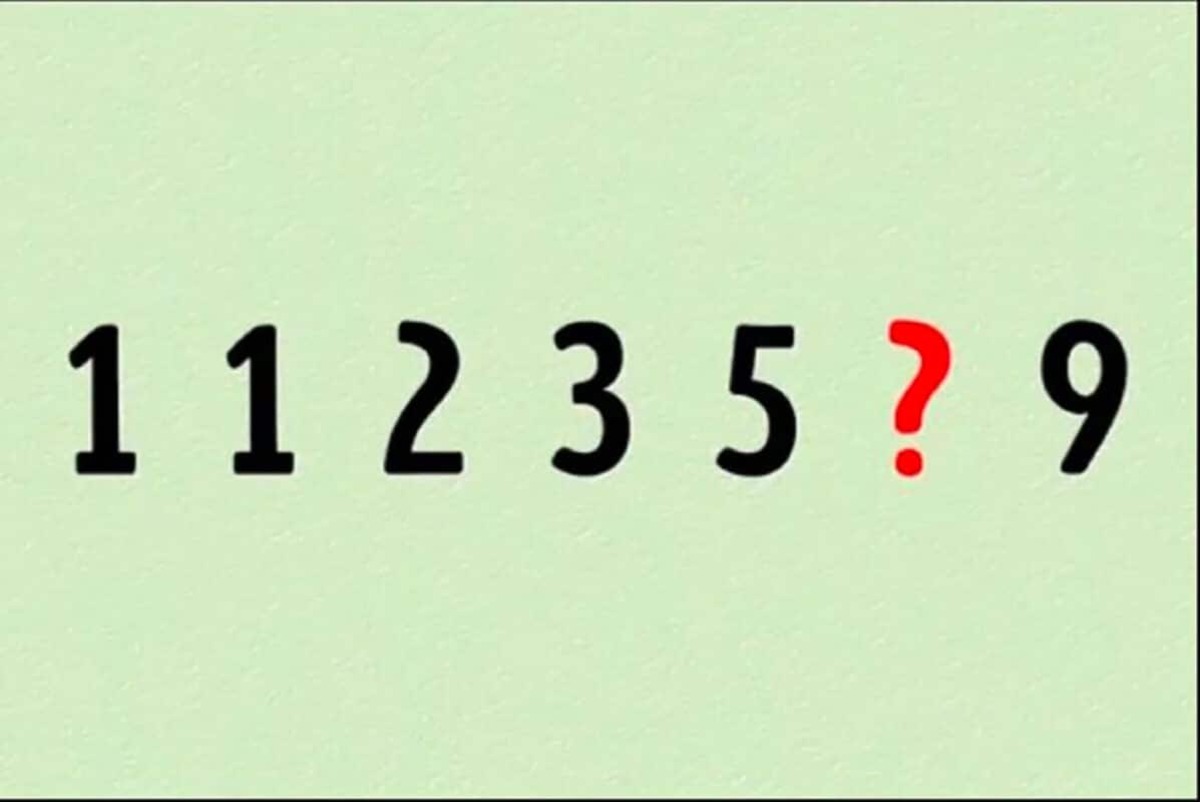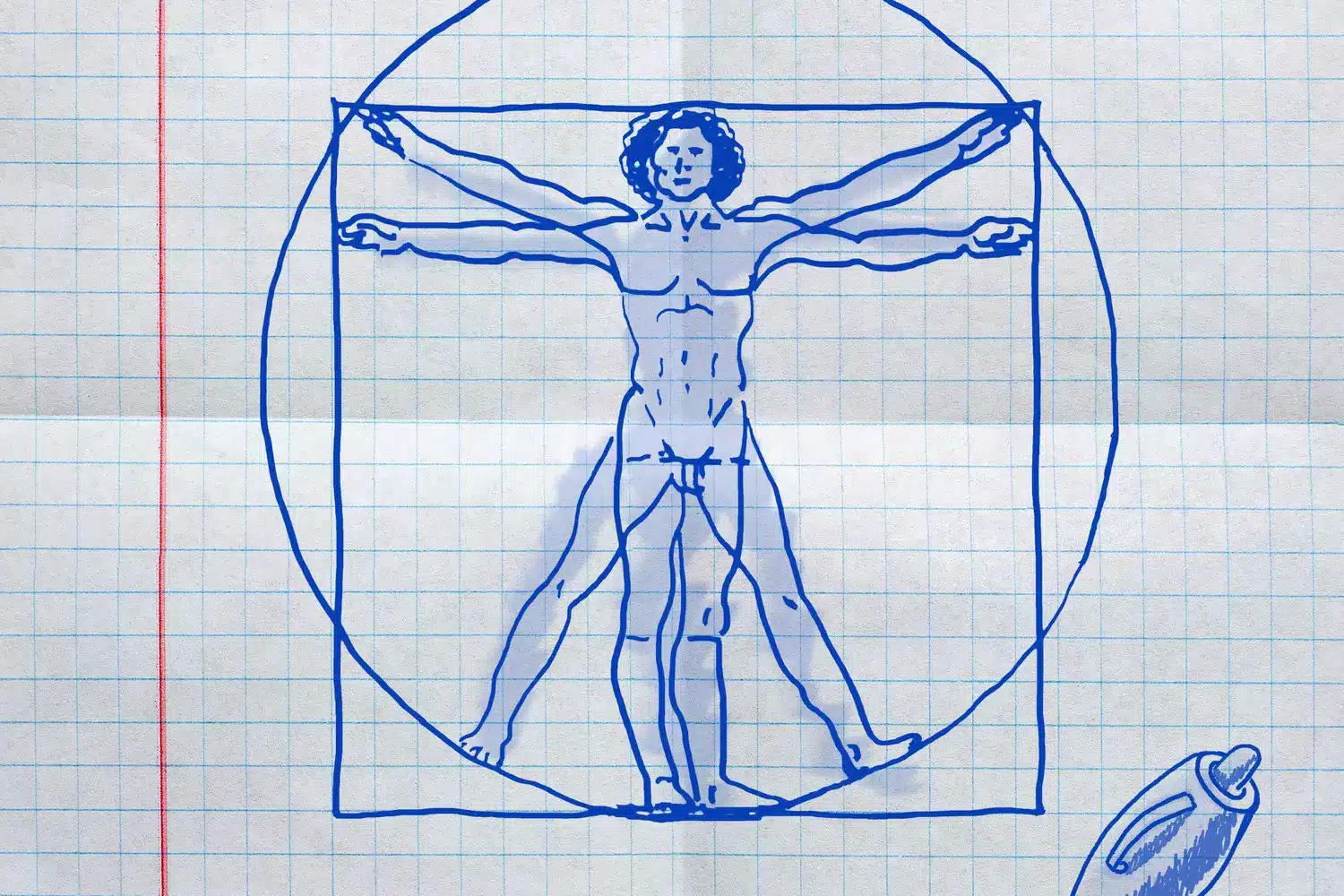Dr. Emma Chen’s viral math puzzle has sparked intrigue across the globe, captivating those who thrive on a challenge. With its deceptively simple sequences—like 2, 5, 11, 23 and 3, 7, 13, 25—this riddle hides a missing number at the end of each series, inviting solvers to crack the code. While many attempt to unravel the mystery, only a true genius seems able to spot the elusive pattern behind these numbers. Far beyond friendly debate, Dr. Chen’s creation fuels breakthroughs in pattern recognition, education, and artificial intelligence research.
Why does Dr. Emma Chen’s puzzle fascinate so many?
At first glance, a row of numbers may appear as just another logic problem. However, Dr. Chen’s challenge reveals unexpected layers of complexity that leave both amateurs and experts searching for answers. Some believe the sequences follow standard rules, while others suspect something far more unique is at play.
The appeal lies in how the puzzle pushes thinkers beyond familiar maths concepts. Patterns seem clear initially but quickly become mysterious. Regardless of background, this brain teaser demands rigorous deduction and sharp analytical skills, making every attempt an engaging test of logic. For enthusiasts who want to engage with puzzles of similar intrigue and complexity, the experience of finding the missing number in challenging sequences offers an opportunity to test their genius and analytical skills.
Decoding the sequence: where could the pattern hide?
The presented layouts—such as 2, 5, 11, 23 or 3, 7, 13, 25—invite persistent minds to uncover the hidden pattern. The goal is not simply to plug in numbers but to reveal the logic uniting each entry in the series. Theories abound: some examine non-linear progressions, while others explore arithmetic, geometric, or even prime-based sequences.
Every proposed explanation broadens the horizon for analysis. From collaborative brainstorming to independent investigation, each effort brings new insight or raises fresh questions about the solution behind the grid.
Could non-linear rules explain the growth?
Many consider whether non-linear rules—such as doubling, squaring, or modifying previous results—drive the sequence. For instance, the jump from 2 to 5 suggests addition, but subsequent leaps hint at more intricate operations. While multipliers or combinations sometimes fit part of the sequence, they often fail as numbers progress.
This uncertainty leads some to suspect that multiple elements interact within the problem, requiring multi-step reasoning or layered mathematical logic. Subtle clues within each series spark curiosity, yet rarely reveal an immediate answer. For those interested in legal considerations around these puzzles, more details can be found in the legal section detailing the origins and discussions about the missing number puzzle.
Is prime-based logic driving the solution?
Others speculate that prime numbers may be central. Numbers like 2, 5, and 11 are primes—could the next entry always relate to primes through some hidden rule? This theory fuels lively debates among those determined to crack the code.
However, as certain entries defy classification as primes or composites, theories often shift. Sometimes, numbers fit the pattern; other times, they disrupt any straightforward explanation. Dr. Chen’s design ensures that only the most attentive solvers come close to revealing the answer.
How has this maths challenge gone beyond a simple brain teaser?
The global popularity of this missing number puzzle highlights its value as an educational tool. Teachers use it to foster critical thinking and pattern analysis in students of all ages. In classrooms, learners engage with the grid, debating strategies and exploring different routes to a solution.
Research institutions have launched competitive efforts to decipher the riddle. Pattern recognition specialists leverage the sequences to refine AI models, aiming to create algorithms that identify subtle connections within seemingly random series. The level of engagement elevates this logic problem to a catalyst for innovation in mathematics and computer science.
Collaboration fuels innovation and discovery
Online communities provide platforms for collective investigation. Forums and group chats buzz with activity as participants share code, visualizations, and new insights into Dr. Chen’s examples. As discussions evolve, theories are refined or replaced, fostering a dynamic environment where ideas merge and progress is made together.
This collaborative spirit transforms the pursuit of a solution into a shared journey. Participants learn from one another and experience firsthand how a clever puzzle can unite people across cultures and disciplines.
What impact does the riddle have on AI and pattern research?
Tackling such a brain teaser tests not only individual genius but also advances in artificial intelligence. Developers use the puzzle to teach machines creative approaches to pattern recognition, moving beyond brute-force calculations toward flexible reasoning that mirrors human thought.
Through repeated trials and adjustments, innovative machine-learning methods emerge. These models attempt not just to guess the missing number, but to produce logical explanations, deepening understanding for researchers and educators alike about how abstract reasoning translates into code.
Examples of approaches to crack the code
Solvers employ various systems to organize their reasoning and spot the elusive sequence. Visualizing patterns, formulating step-by-step hypotheses, and testing assumptions across multiple grids all help narrow down possible solutions.
- Charting the difference between each pair of numbers throughout the sequence
- Testing common maths operations including multiplication, addition, exponentiation, or factorials
- Checking whether primes, odd/even rules, or modular arithmetic play any role
- Consulting interpretations from others in online forums or group discussions
Despite numerous logical attempts, no single answer has satisfied everyone. The value lies as much in the process as in the outcome, with continued attention ensuring that fresh ideas keep emerging.
Dr. Chen’s viral challenge continues to inspire curiosity and collaboration. Whether seen as a riddle, a sophisticated logic test, or a driver of innovation, its ability to unite thinkers around a single question highlights the enduring power of well-crafted maths puzzles. The search for the missing number goes on, welcoming both geniuses and motivated enthusiasts to join the adventure.







